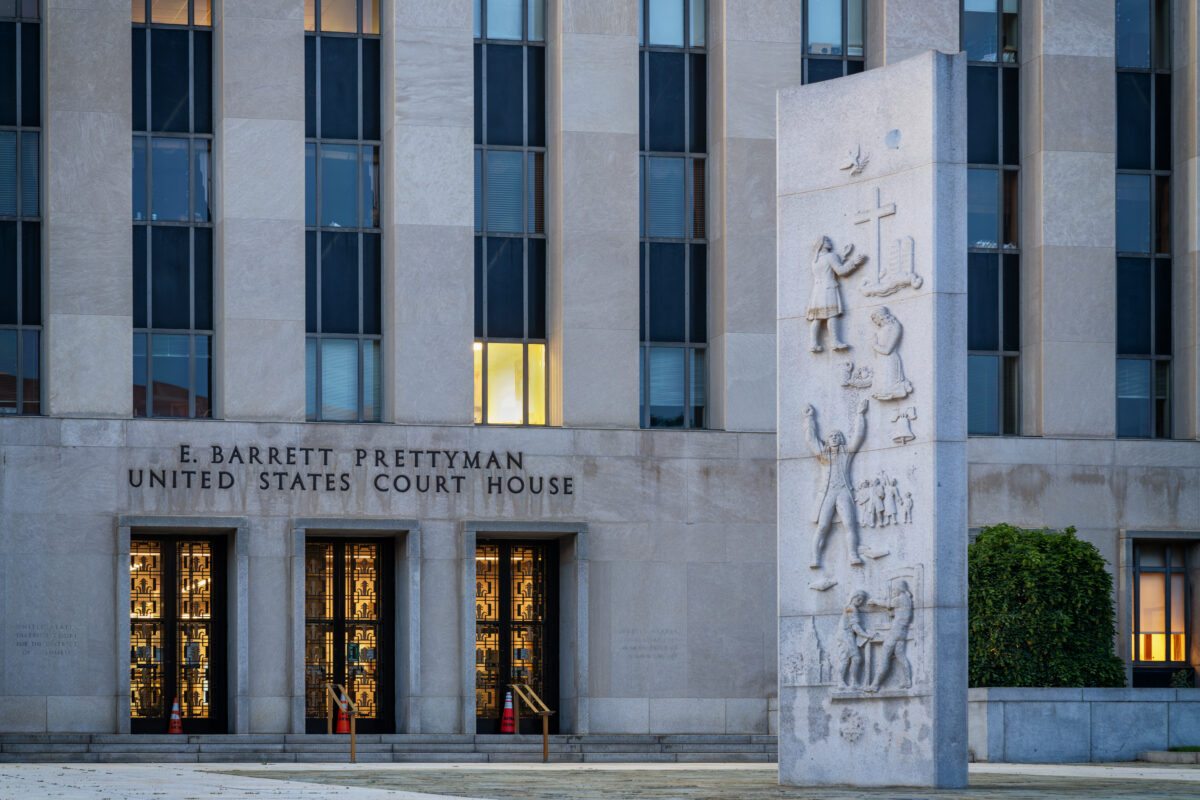SCOTUS relies on Loper Bright to uphold ATF Rule Interpreting the Gun Control Act to Reach Kits in Bondi v. Vanderstock
By
| March 26, 2025
The Gun Control Act of 1968 (GCA) defines “firearm” to include “(A) any weapon . . . which will or is designed to or may readily be converted to expel a projectile by the action of an explosive; [and] (B) the frame or receiver of any such weapon.” 18 U. S. C. §921(a)(3). Those engaged in importing, manufacturing, or dealing in firearms must obtain federal licenses, keep sales records, conduct background checks, and mark their products with serial numbers.
In 2022, the Bureau of Alcohol, Tobacco, Firearms and Explosives (ATF) adopted a rule interpreting the Act to cover weapon parts kits, and “partially complete, disassembled, or nonfunctional” frames or receivers. Plaintiff brought a facial challenge under the APA, arguing that the GCA cannot be read to reach such kits, frames, or receivers and challenging the agency’s authority to regulate them. The remedy for such as challenge would be for the court to “set aside” the rule, essentially nullifying it. This is a statutory interpretation case, not a Second Amendment case.
SCOTUS Upholds ATF Interpretation
In upholding the ATF’s interpretation of the GCA, the Court in Bondi v. Vanderstock reviewed the variety of applications the ATF made over the decades and noted that “the agency has consistently interpreted subsection (B) to reach some unfinished frames and receivers”. Thus, applying Loper Bright, the Court upheld the ATF’s interpretation, explaining that:
while “courts must exercise independent judgment in determining the meaning of statutory provisions,” the contemporary and consistent views of a coordinate branch of government can provide evidence of the law’s meaning. Loper Bright Enterprises v. Raimondo, 603 U. S. 369, 394 (2024).
The ATF’s consistent prior practice, coupled with the lack of conflict between the rule and the text of the GCA carried the day.
Other Comments
Case Western Law Professor Jonathan Adler also noted the Loper Bright citation, writing:
This reference to Loper Bright Enterprises underscores that the justices are concerned about the sort of dynamic that motivated the major questions decisions–the discovery of latent, previously undiscovered and unheralded sources of agency authority in long extant statutes–and not about disregarding agency interpretations altogether. It also suggests that the Trump Administration can expect resistance if it seeks to adopt new interpretations of old statutes, particularly where there is a long history of consistent agency understanding and application of the law in question.


